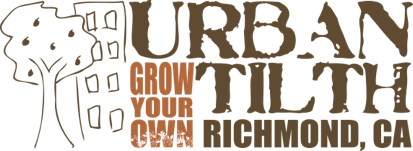Forgive me; it’s hard to resist the “doom and gloom” approach to encouraging our community develop some indepenence from the industrialized food system. There is just so much to work with these days in the doom and gloom category.
According to a Yahoo News article, this year marks the largest and “dead-est” dead zone on record for the Gulf of Mexico (Click here for the article) . Nearly all Americans (myself included) contribute to this environmental catastrophe by the simple act of consuming food from our industrialized food-chain. Fertilizer run-off from the Midwest cornfields draining into the Mississippi River is the primary cause of the dead zone. Midwest cornfields create the bulk of the calories in our food system (either directly as corn products and corn-syrup or indirectly as animal feed).
The growing dead zone is just another indication that our current method of sustaining ourselves entails depleting the ecological richness of our planet, almost certainly diminishing the quality of our children and grandchildren’s lives. It’s like slow-motion cannibalism. Today we are feeding off the future well-being and quality of life of our offspring. Not only that but, we, as taxpayers, are subsidizing this arrangement to the tune of tens of billions of dollars a year tucked away in the USDA, Department of Energy, and Defense Department budgets.
What is a West Countian to do?
(1) Join the 5% Local Coalition and help create a movement towards independence from a destructive and unsustainable food system;
(2) Plant your own food garden. If you don’t have space to garden, join the 5% Local Coalition and make connections to join an existing community garden or start a new one;
(3) Contact local politicians (such as those running for Richmond City Council elections, WCCUSD board elections, or other local agencies) and ask them to make foodshed development one of their priorities. (In September, we will release a Foodshed Development Policy Guide for Voters and Politicians with specific policy ideas to promote a local foodshed). To be sustainable in the long-run, the bulk of the funds for building a local foodshed need to come from local funding streams such as donations from community members and local government revenues.
What could be more important for a community than committing at least some community resources and funding to sustaining itself in a healthy way?
